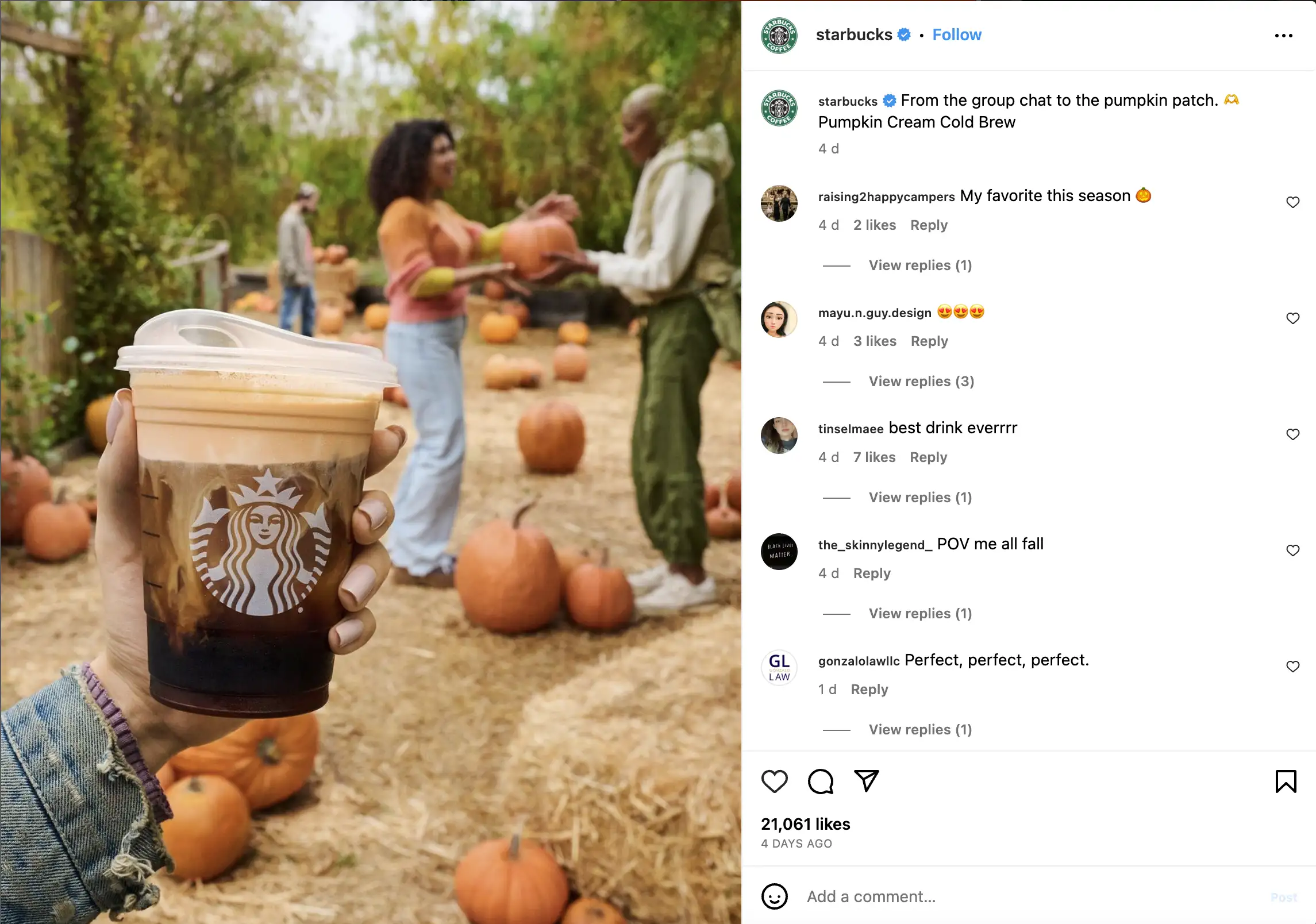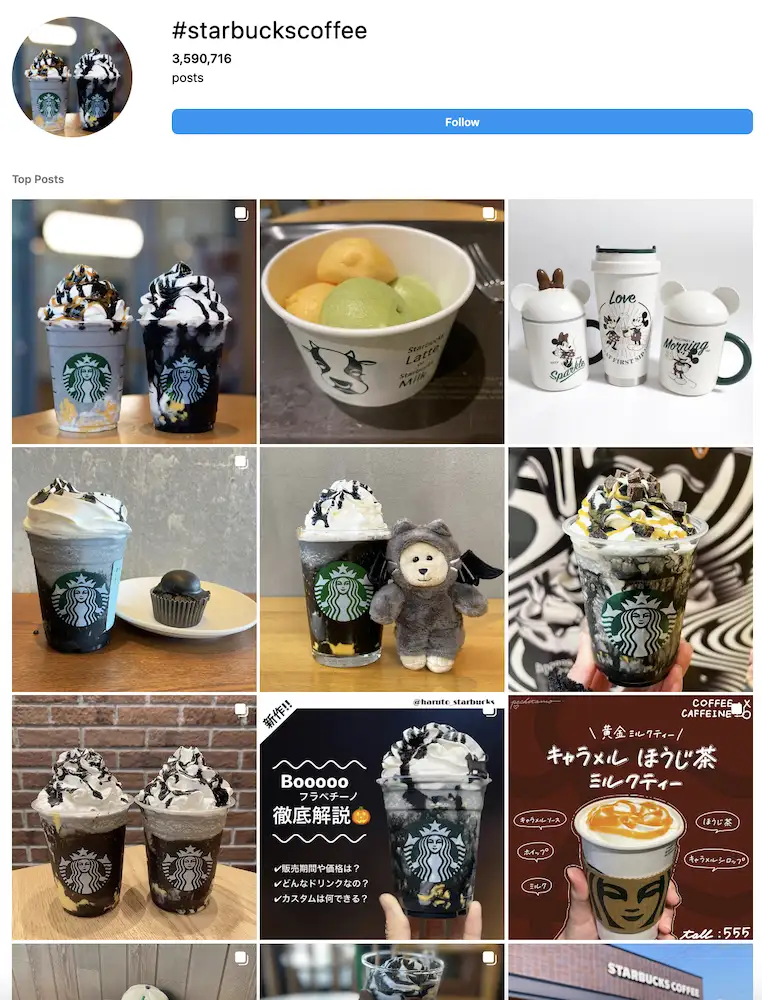UGC: Why Is It Important for Social Media Marketing?

What is User-Generated Content?
An example of a UGC from Starbucks.

Title
Image Source: Starbucks Instagram Post
Where Does User-Generated Content Usually Come From?
Customers: These are the people who might make unboxing videos on TikTok or share enthusiastic posts about your brand on Instagram. They can provide valuable user-generated content either because you asked them to or because they genuinely want to talk about your brand.
Brand loyalists: These are your most dedicated customers, often referred to as advocates or fans. They’re extremely enthusiastic about your business, making them a prime group to reach out to for UGC content.
Employees: Employee-generated content (EGC) offers a peek behind the scenes of your brand. It could be photos of your team packaging orders or a video where they talk about why they love working for your company. This kind of content helps build your brand’s identity and can be used in social media and ads to convey authenticity.
UGC creators: These individuals create sponsored content that looks authentic but is actually paid for by brands to showcase a specific business or product. They aren’t generating traditional organic UGC; instead, they produce content that mimics the feel of regular user-generated content.
How Can User-Generated Content Help Brands and Businesses?

User-generated content ultimately plays a great role at every stage of the buyer’s journey, enhancing engagement and boosting conversions. This customer-focused content can be effectively employed on various platforms, including social media, email, landing pages, and checkout pages.
User-Generated Content is genuine and driven by personal experiences, unlike content created by brands, which can involve manipulation, exaggeration, or editing. It serves as a modern version of word-of-mouth advertising, a longstanding influencer in consumer purchasing decisions. But what exactly are the specific benefits of UGC?
User-Generated Content Elevates Your Brand’s Authenticity
In the current online landscape, brands face tough competition for audience attention. This is particularly true for the often discerning Gen-Z consumers. Authenticity has become a top priority for both buyers and marketers. Sixty percent of marketers agree that authenticity and quality are equally vital for successful content. When it comes to authenticity, there’s no content type more genuine than user-generated content (UGC) from your customers.
It’s crucial not to be tempted into faking your UGC. Audiences can quickly spot insincerity, which could harm your brand’s reputation. Instead, make sure your UGC originates from one of three sources: your customers, brand loyalists, or employees.
In the end, people trust other people, so think of UGC as the modern-day word of mouth. Consumers are 2.4 times more likely to perceive user-generated content as authentic compared to content created by brands. Therefore, it’s the right time to invest in a social marketing strategy centred around authenticity.
User-Generated Content Boosts Brand Loyalty and Fosters Community Building
UGC also sparks conversations between a brand and its customers, elevating the level of engagement and fostering the growth of a connected community.
Also, sharing content from your audience strengthens the relationship between your audience and your business, resulting in increased brand loyalty.
User-Generated Content Serves as a Trust Indicator
Remember the Fyre Festival disaster? It was advertised as a fantastic music festival but turned out to be a chaotic mess with tents, no electricity, and no food. This kind of deception is why people often distrust marketers and advertisers.
In fact, only 9% of Americans have a high level of trust in mass media, especially due to the rise of fake news during the global pandemic in 2020.
Brands now have to put in extra effort to build trust. Given that 93% of marketers agree that consumers trust content made by customers more than content made by brands, this emphasises the importance of user-generated content (UGC) for businesses to boost their trustworthiness.
Audiences consider UGC a trustworthy signal, much like seeking opinions from friends, family, or professional networks. More than 50% of millennials base their buying decisions on recommendations from these close connections, making UGC particularly effective as a personal recommendation.
User-Generated Content Increases Conversions and Shapes Buying Choices
UGC serves as genuine social evidence that your product is worth buying. When your audience observes people similar to them using or wearing your product, it persuades them to make the decision to purchase.
User-Generated Content Versatile and Adaptable
For instance, you can include UGC images in abandoned cart emails to encourage potential buyers to complete their purchases. You can also incorporate user-generated content into essential landing pages to boost conversion rates.
Calvin Klein, for instance, went a step further by creating a dedicated landing page solely for UGC content. By featuring authentic examples of customers styling their Calvins, shoppers can see real people endorsing the brand and showcasing how the products look on everyday individuals rather than perfectly styled models.
User-Generated Content is More Economical Than Influencer Marketing
Hiring influencers can be incredibly expensive, with costs often reaching millions of dollars. On the other hand, encouraging your customers to share content about your product costs very little, if anything at all.
User-generated content (UGC) offers a cost-effective way to expand your business and introduce a new marketing approach. You won’t have to allocate substantial funds to hire a flashy creative agency for producing brand materials or campaign content.
Instead, you can directly engage with the most crucial people for your business: your audience. Many of them will be enthusiastic about being featured on your platform.
For smaller or startup brands, UGC is a more budget-friendly and manageable alternative compared to investing in extensive brand awareness campaigns.
User-Generated Content Harmonises with Social Commerce
The future of online shopping is social commerce, where you can shop directly within your favourite social media platforms. Social commerce allows customers to make purchases within the social app instead of navigating to external websites.
Imagine scrolling through Instagram, spotting a stylish bathrobe, and then buying it right there in the app. That’s social commerce at work.
UGC and social commerce complement each other perfectly because UGC strongly influences conversion rates. Nearly 80% of people say that UGC plays a significant role in their purchasing decisions, making user-generated content an ideal match for social commerce.
How Do Brands Acquire User-Generated Content?

Title
Image Source: Instagram Hashtag Search Discover Feed
Most of the time, you can find user-generated content (UGC) online by searching for hashtags or looking for posts where people mention your brand. To get more UGC, you can encourage users to submit content through giveaways, contests, or campaigns with specific branded hashtags. On a smaller scale, you can ask questions in your post captions to engage your followers.
But remember, always get permission before reposting or using someone else’s content. You can do this by sending a direct message or an email to the creator, asking for their approval. Even though UGC is often informal, brands should act with integrity to ensure they don’t cross any lines when using consumer-created content.
Once you have the content and follow best practises, you can use UGC online or in your stores. Sharing content that consumers create humanises your brand and builds trust with your customers. When people see UGC on social media, they can relate more to your products and services. Many brands showcase UGC on checkout or product pages to encourage buyers, and it can also be used in email marketing to endorse products or services through recommendations from others.
In today’s competitive online world, brands benefit from the sentiments, reviews, and attention their customers provide. It serves as proof that customers love what they offer and helps convince others to become customers too. The value of UGC in boosting conversions and purchase intent makes it a top choice for marketers.





